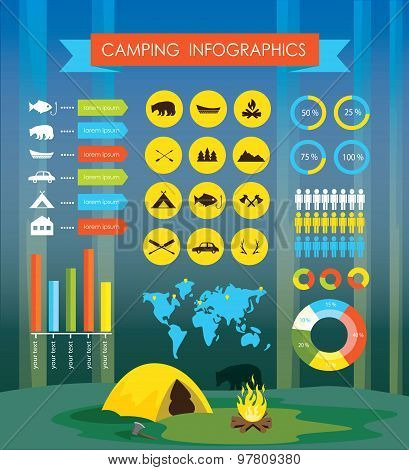From the nomadic tribes of Central Asia to glamping sites around the world, bell tents have come to be an icon of rustic journey. Their famous shape and roomy interiors create a setting that is both comfy and impressive.
Should you put a tarp over your tent?
Their beginnings can be traced to military tents made by Henry Hopkins Sibley, that patented the cone-shaped canvas shelter in 1856. The design was based upon the Indigenous American teepee and was developed to be easily assembled, sturdy and mobile.
Origins
The bell tent has actually been a staple for exterior lovers because the 19th century. The layout is rooted in army camping tents that saw service in the Crimean War, and later on ended up being popular with scout teams across America. The American Sibley tent was a version of the European bell camping tent. Its creator, Henry Hopkins Sibley, took inspiration from the Indigenous American tepee when producing his version. His version included a single facility post, increased larger wall surfaces and a venting cap that allowed smoke from the cooktop to leave.
Today, modern canvas bell outdoors tents use a sense of deluxe for camping enthusiasts and are a popular selection for glamping resorts. With a spacious inside and an attractive form, these camping tents can be adorned with furnishings and design to create a comfortable and intimate setting for passengers. The circular design additionally helps with wind resistance and allows for adaptable indoor designs. The simpler layout with fewer poles and risks makes it much easier to set up camp and transport to various places.
Military Use
The Bell Outdoor tents was a home-away-from-home for lots of soldiers in the 18th century. It was utilized on the battlefield along with for command centres and field hospitals.
Its capability to be rapidly set up in a selection of objective scenarios permitted it to work as an efficient sanctuary and office. Its modular design suggests it can broaden or contract to fit the demands of different sized groups and objectives.
Additionally, it can be conveniently delivered using a series of cars and hand-operated transportation, making it a useful selection for armed forces and rescue operations. Its light-weight, portable nature likewise makes it easier for soldiers or rescuers to lug and hike throughout complicated terrain to reach their objective site. This conserves important time and sources.
Glamping
With the increase of glamping, bell tents came to be popular as a lavish outdoor camping alternative. Their famous silhouette produces a magical atmosphere and can be fitted with stylish home furnishings to add an added touch of comfort to your outdoor camping experience.
In the 19th century, the military adjusted the layout to make it extra sturdy and practical for usage on battle zone and explorations. Pet hides were replaced by canvas that had actually been treated with waterproofing agents, making it possible for the bell camping tent to hold up against severe climate condition.
The bell camping tent's usefulness caught the focus of recreational campers, and it swiftly gained appeal as a tent for camping trips and various other outdoor events. It is currently a staple at boutique outdoor camping websites, songs festivals, and eco-resorts, where it provides a mix of nostalgia and class.
Layout
The bell tent's basic layout caught the eye of entertainment campers, and it soon ended up being a staple amongst those who wished to experience the outdoors in vogue. Today, you can find these flexible frameworks in camping areas and at glamping hideaways across the world.
The initial patented version of the bell camping tent was developed by Henry Hopkins Sibley during the American Civil Battle, attracting inspiration from Indigenous American tipis. He included a single central pole, brief side walls, and a vented "cap" for smoke from an oven to create his innovative camping tent.
With time, Sibley's style boosted with the enhancement of breathable canvas and other materials gifts for camper owners that permitted the tent to regulate its temperature level. Modern bell outdoors tents are made from a variety of materials, consisting of cotton and mixes with flame retardant material to lower fire hazards. Their roomy interiors are best for preparing furniture to produce comfy resting locations and lounge spaces. They are likewise light-weight and very easy to assemble, making them a fantastic option for novices or any individual trying to find a worry-free camping experience.
Do tents hold heat?
